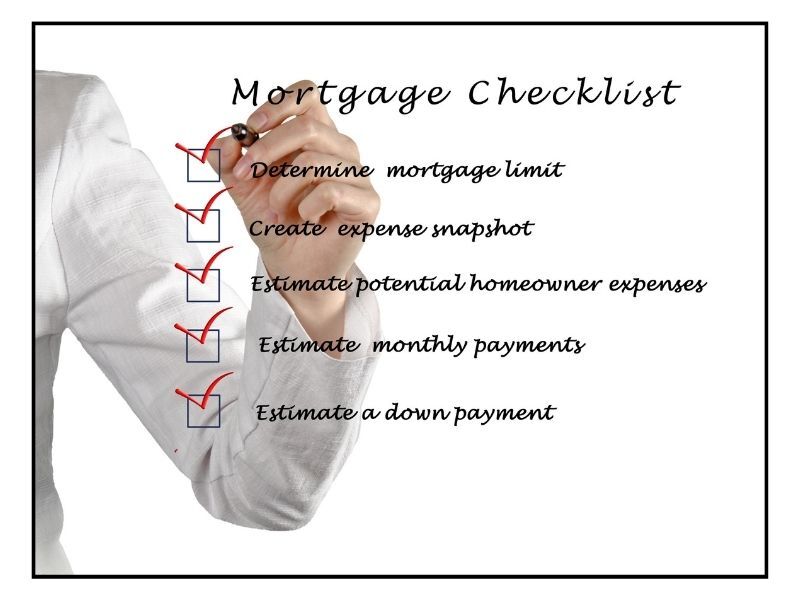 The first week of December’s largest reports are the GDP estimates, which will be the second estimations of the year prior to the final release. The final GDP reports will be after the new year and are the strongest indicator for the economic state of the country. With the Federal Reserve aiming for a soft landing for the economy, it is important for the GDP and inflation statistics to be in parity with each other. The last but also very important releases for the end of the year are the Personal Income and Spending data.
The first week of December’s largest reports are the GDP estimates, which will be the second estimations of the year prior to the final release. The final GDP reports will be after the new year and are the strongest indicator for the economic state of the country. With the Federal Reserve aiming for a soft landing for the economy, it is important for the GDP and inflation statistics to be in parity with each other. The last but also very important releases for the end of the year are the Personal Income and Spending data.
GDP Estimates (First Release)
The numbers: The U.S. economy grew at an assuring 5.2% annual pace in the third quarter, faster than previously reported, but the surprisingly strong gain appears to have been a one–off occurrence.
Gross domestic product, the official scorecard for the economy, was revised upwards Wednesday from an initially reported 4.9% rate of growth. It was the biggest increase in a decade, excluding the pandemic years of 2020 and 2021.
Consumer Spending
Consumer spending rose a mild 0.2% in October in potentially another sign of a long-predicted slowdown in the U.S. economy. While spending has slowed, many inflation rates, lending rates, and other factors have been showing signs of an improving economy.
Analysts polled by the Wall Street Journal had forecasted a 0.2% increase.
Consumer spending is the main engine of the U.S. economy and outlays grew a robust 3.6% in the third quarter.
Primary Mortgage Market Survey Index
The last 4 weeks have seen a week-to-week decline in rates.
- 15-Yr FRM rates seeing a week-to-week decrease by -0.11% with the current rate at 6.56%.
- 30-Yr FRM rates seeing a week-to-week decrease by -0.07% with the current rate at 7.22%
MND Rate Index
- 30-Yr FHA rates decreased week-to-week, seeing a -0.15% decrease for this week. Current rates at 6.50%
- 30-Yr VA rates decreased week-to-week, seeing a -0.15% decrease for this week. Current rates at 6.50%
Jobless Claims
U.S. jobless claims drop to five-week low of 209,000.
Initial Claims have increased to 218,000 compared to the expected claims of 215,000. The prior week was 210,000.
What’s Ahead
Next week will be an important release schedule with the final CPI and PPI reports, which saddled alongside the final GDP numbers, will be the largest indicators for the robustness of the current economy and for 2023 as a whole.
 Are you in the market for a new home? If you plan on using mortgage financing to buy your next home you’ve likely heard the phrase “loan-to-value” or the acronym “LTV” before. Let’s take a quick look at the loan-to-value ratio including why it’s important, how to calculate it, and how it can affect your mortgage.
Are you in the market for a new home? If you plan on using mortgage financing to buy your next home you’ve likely heard the phrase “loan-to-value” or the acronym “LTV” before. Let’s take a quick look at the loan-to-value ratio including why it’s important, how to calculate it, and how it can affect your mortgage. Have you finally found your dream home after months of searching, and then you are told that the seller has received other offers? No buyer wants to find themselves in a bidding war against another buyer as it is a stressful situation. Being unprepared and not having your finances in order will make it even more stressful. Here are a few quick ways if you’re looking to speed up your mortgage approval process, here’s a checklist to help you prepare:
Have you finally found your dream home after months of searching, and then you are told that the seller has received other offers? No buyer wants to find themselves in a bidding war against another buyer as it is a stressful situation. Being unprepared and not having your finances in order will make it even more stressful. Here are a few quick ways if you’re looking to speed up your mortgage approval process, here’s a checklist to help you prepare: As retirement approaches, many individuals find themselves faced with financial challenges and uncertainties. One option that is often overlooked but can be incredibly beneficial is the reverse mortgage. A reverse mortgage is a financial tool that allows homeowners aged 62 and older to convert a portion of their home equity into tax-free funds. Here are three compelling reasons why you might consider a reverse mortgage when nearing retirement:
As retirement approaches, many individuals find themselves faced with financial challenges and uncertainties. One option that is often overlooked but can be incredibly beneficial is the reverse mortgage. A reverse mortgage is a financial tool that allows homeowners aged 62 and older to convert a portion of their home equity into tax-free funds. Here are three compelling reasons why you might consider a reverse mortgage when nearing retirement: When it comes to mortgages, a “buydown” generally refers to paying an extra fee upfront to reduce the interest rate over a specific period. There are typically two types: temporary buydowns and permanent buydowns.
When it comes to mortgages, a “buydown” generally refers to paying an extra fee upfront to reduce the interest rate over a specific period. There are typically two types: temporary buydowns and permanent buydowns. There will be a very light week with the Holiday season approaching. The only notable reports to have come out for the week are the U.S. economic leading indicators, with nothing scheduled around Thanksgiving weekend. The median forecast for the leading indicators has shown that with the rest of the CPI and PPI data among other economic statistics, the economy does seem to be heading towards a soft landing as the Federal Reserve had initially targeted. The most notable changes are lending partners cutting rates with the potential for shifting economic policies and rate cuts in the future.
There will be a very light week with the Holiday season approaching. The only notable reports to have come out for the week are the U.S. economic leading indicators, with nothing scheduled around Thanksgiving weekend. The median forecast for the leading indicators has shown that with the rest of the CPI and PPI data among other economic statistics, the economy does seem to be heading towards a soft landing as the Federal Reserve had initially targeted. The most notable changes are lending partners cutting rates with the potential for shifting economic policies and rate cuts in the future.